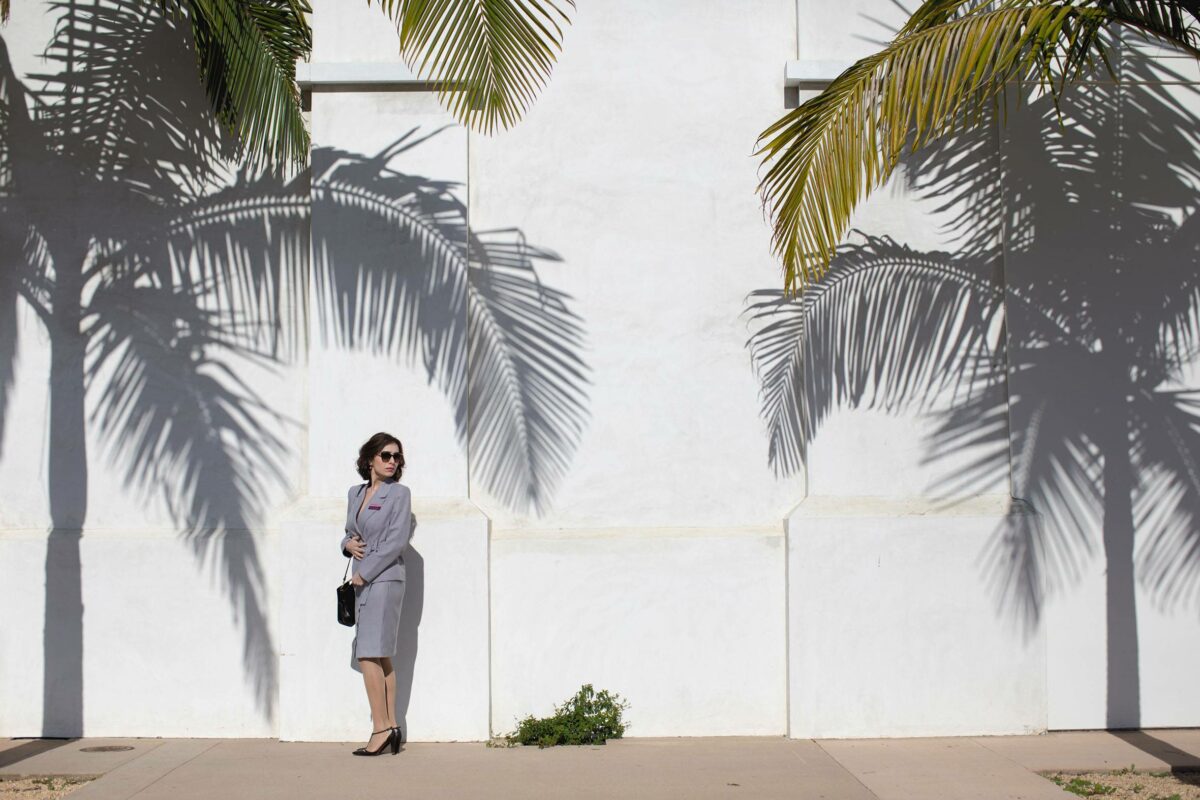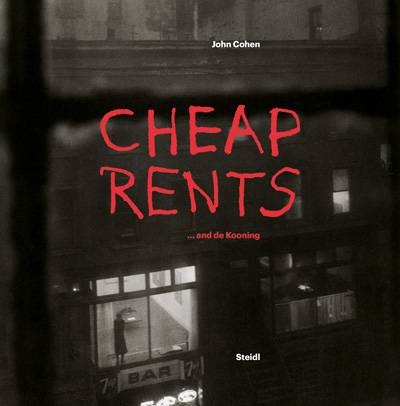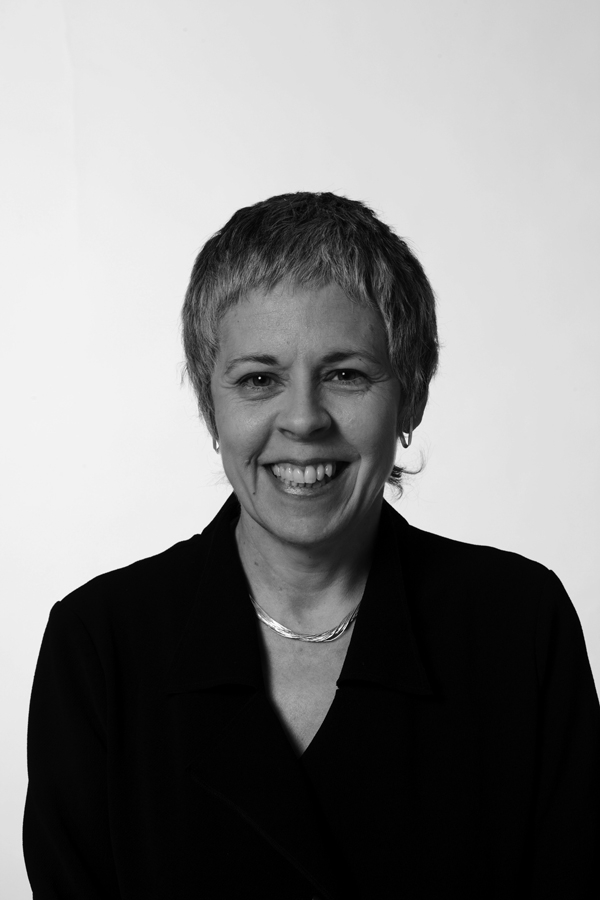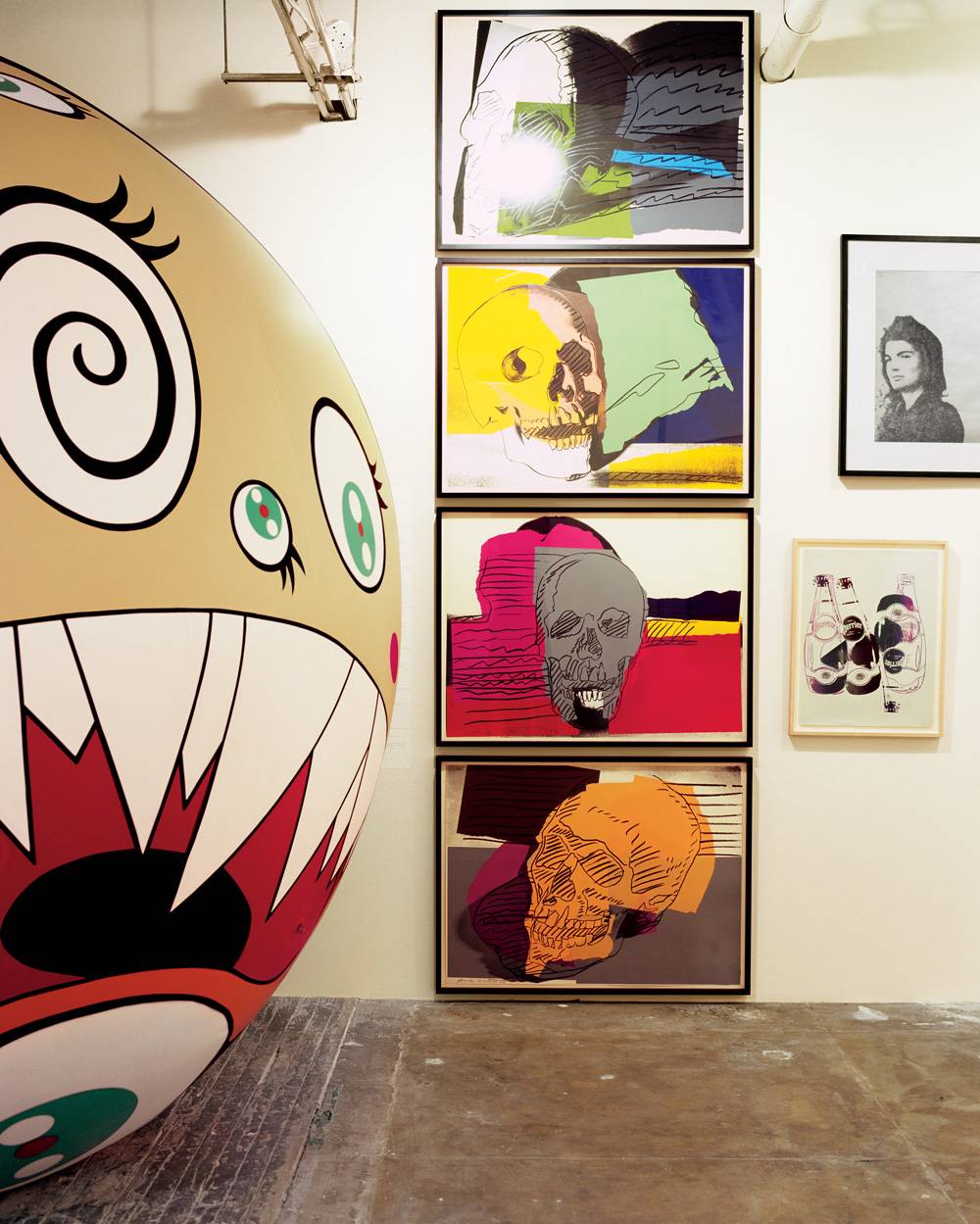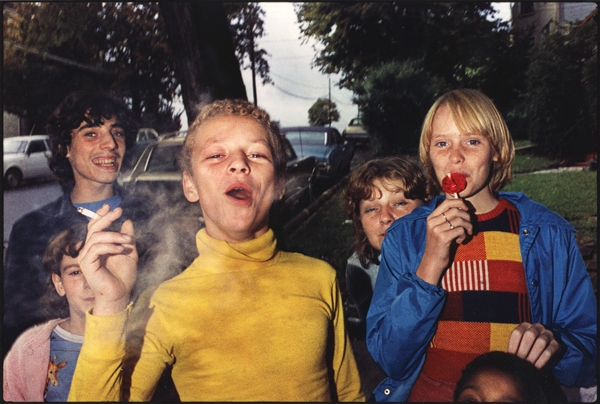

Boy in Yellow Shirt Smoking, Scranton, PA, 1977. Courtesy Danziger Gallery, New York
Produced in and around Wilkes-Barre, Pennsylvania, for over 50 years, Mark Cohen’s photographs continue to gain recognition for their distinctive place in the American visual canon. The exhibition at Danziger Gallery (from May 8 to June 20) and an upcoming book from the University of Texas Press should bring him a new following.
Lyle Rexer: A year ago you moved from Wilkes-Barre to Philadelphia. That’s quite a change. How has it affected your picture making?
Mark Cohen: I lived in Wilkes-Barre for nearly 70 years. I had a large house containing a sizeable darkroom, but it had become too expensive to maintain. Now I’m in an apartment with a darkroom set up only for 35 mm. I had to get rid of my color enlargers. But just as important, I had finally used up the city and the areas around it. Wilkes-Barre itself had changed, too. It used to have this vibrant downtown that was my stage set, my canvas, and my palette. I only had to walk there to get into it. And the county, too, was mine. Now I have to get on the trolley or the bus and travel to neighborhoods on the outskirts of Philadelphia in order to find the kinds of places and the energy I once did.
LR: Has your approach had to change as well?
MC: Interestingly, no. I was never really a street photographer in the conventional sense, like Garry Winogrand or Lee Friedlander, whose work has a social overlay. My approach has been more fine-grained. I am interested in exploring the texture of places, the aspects I can find by going back repeatedly. That’s why backgrounds and details are so important in my work, not just people. One thing that has changed is the tone of shooting on the street. It was always invasive but now it’s regarded as somehow nefarious.
LR: Apropos invasiveness, you gained attention for your distinctive style, which seems to play havoc with all the rules: heads and body parts are chopped off, looming elements of the pictures will take up most of the frame.
MC: I used a combination of lens, aperture, and film to be able to shoot with great depth of field at short range. I learned how to keep my horizon level, so I didn’t have to look through a viewfinder to frame my pictures. I know what my subject is — the button on a coat or a bubble of gum blown by a child — and I can put it in the center of the frame without missing. That’s the punctum, as Roland Barthes called it. I am conscious right up to the point where I click the shutter, and then it’s unconscious.
LR: The cover of the recent exhibition catalogue Color! American Photography Transformed that was at the Amon Carter Museum featured a photo of yours. Can you talk about the differences between shooting color and black and white?
MC: In 1987 I spent an entire year shooting only color. My method didn’t change:
I looked for content first, the bigger picture. In a sense, color was an accidental aesthetic. But I imposed an artificial discipline. I would carry only enough film to get me between drugstores where I could buy more, so I had to plan my routes and be careful what I shot. It changed the time sequence and gave the project a special intensity.
LR: A tough question for me is why your work is not more central to the discussion of American photography of the 1970s and ‘80s. It was being shown and collected by venues such as the Museum of Modern Art.
MC: You’d have to ask the critics, but I think it’s partly because there’s a provincialism about New York that wants you to be there. I stayed in one place, and it wasn’t New York. I’d visit, but I never mixed in the scene.

